add-on habitats
The Menagerie™ ADD-ON Habitats are designed to compliment your Australain Menagerie™ game. These ADD-ON Habitats enable you to play with addition animals, habitas and more players. Each ADD-ON Habitat comes with four animals unique to that habitat, an extra threat and ADD-ON playing boards. There are four cards for each animal. Each card has a fascinating fact about the animal.
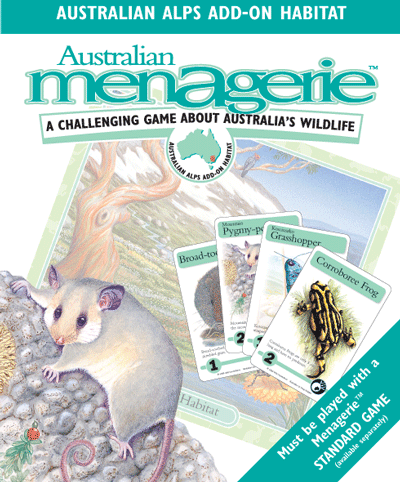
australian alps
Snow lies on Australia's highest mountains, in the south-east corner of the mainland, for about 120 days each year. The area has been subjected to millions of years of uplifts and erosion while the area around Australia's highest mountain, Mt Kosciuszko (2228 m), was further shaped by permanent ice between 25000 to 10000 years ago. The resultant landform is undulating plateaus with glacial lakes and steep sided river valleys.
It is too cold for trees to grow in the highest parts of the alps so the vegetation consists of herbfields, grasslands and heath which produce spectacular displays of flowers each summer. The Kosciuszko alpine area is home to 21 species of plants which live nowhere else in the world. The lower slopes support forests of snow gums, mountain gums, peppermints and alpine ash.
The large range in elevation (300m to 2228m above sea level), rainfall and temperatures means that the alps support many different plant communities and therefore animals habitats. The extreme climatic conditions means that some plants and animals can only live in the alps.
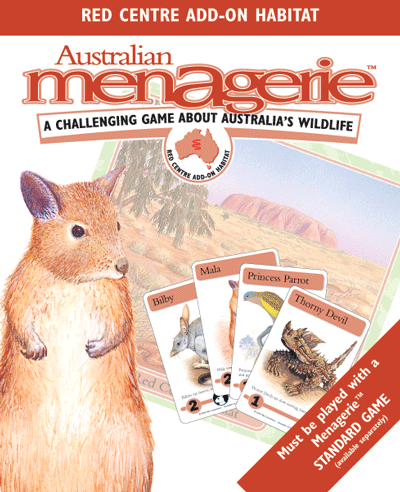
red centre
Spectacular ranges and their surrounding slopes, dry water courses and flood plains form the heartland of Australia. Although not particularly high the ranges rise steeply from the surrounding plains and many have been eroded over millions of years into fascinating shapes by wind and water. These ranges provide many different habitats for plants and animals including narrow gorges which shade permanent pools of life-supporting water. The Red Centre also consists of extensive sand plains and dunes which support spectacular displays of wild flowers after rain.
Arid habitats, covering about 70% of the continent, are the most extensive in Australia. The Red Centre has an average daytime temperature of 35° C in summer and 25°C in winter and precipitation is unpredictable. So, although red kangaroos, dingos, emus and wallaroos live in the region the most common animals are small marsupials and native rodents, birds and reptiles which are able to find shelter during the hottest part of the day.
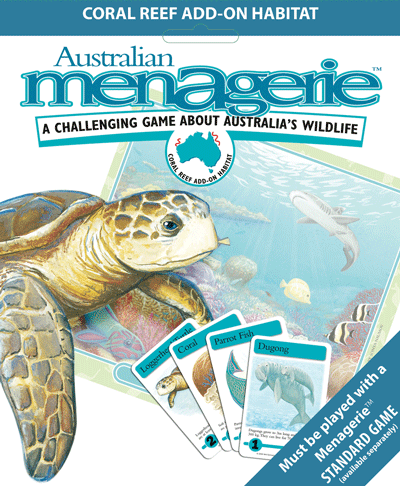
coral reef
Coral Reefs, which are the world's richest marine habitats, occur in shallow, warm waters where the sea temperature is almost always between 18 to 30 degrees centigrade. Australian coral reefs are found off the coasts of Western Australia and Queensland and grow from about the level of a low spring tide down to a depth of about 40 metres.
When we look at a reef we are, in fact, seeing a thin layer of living coral capping millions of years of accumulated limestone, that is, the accumulated shells and skeletons of sea creature. Fossil evidence suggests that coral reefs have existed on earth for about 450 million years but Queensland Great Barrier Reef is a much newer structure.
Coral Reefs are renown for their abundance and diversity of life and colour. All life forms including coral, plants, anemones, jellyfish, sponges, worms, crabs, sea slugs, giant clams, starfish, sea urchins, fish and turtles create a spectacular marine environment of constant movement and unending variety. The Great Barrier Reef supports 12 species of sea grass and 500 kinds of algae, 400 species of hard corals, 1500 species of fish, 4000 kinds of molluscs (clams, snails ), 7 species of turtle as well as being home to whales, dolphins and dugongs.
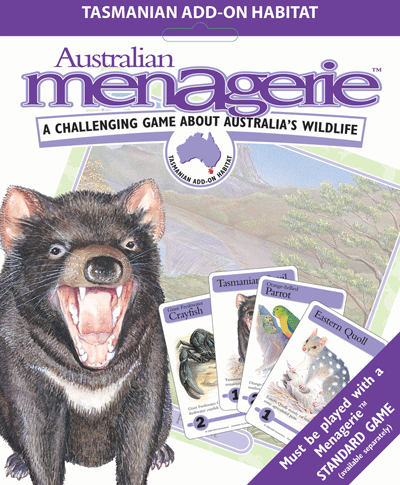
tasmania
Jagged mountains, lush valleys, glacial lakes, spectacular rivers, ancient rainforests, sedgelands and hundreds of kilometres of pristine coastlines are found in western and southern Tasmania. This diversity of land forms supports a wide range of vegetation types including some remnants of past climates and 1500 years old pine trees.
When the region was nominated for world heritage listing it was described as 'the last great temperate wilderness remaining in Australia and one of the last in the world'. This expanse of wilderness and the inability of some feral animals, eg foxes to reach the island of Tasmania has provided a safe habitat for many small mammals such as the Tasmanian devil, Eastern quoll, Tasmanian pademelon, Tasmanian bettong, which, although once common on the mainland are now only found in Tasmania.
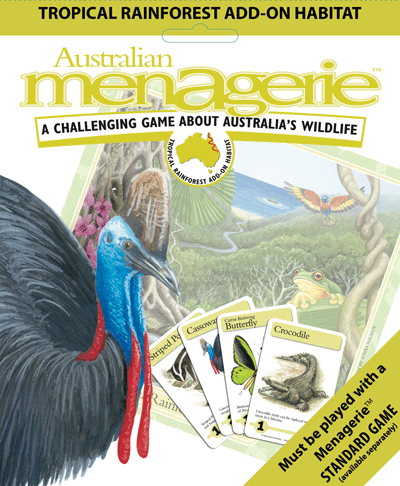
tropical rainforest
Rugged mountains with fast-flowing rivers and spectacular waterfalls rise abruptly from the sandy beaches, rocky headlands and mangrove forests that form the interface between the ocean and the rainforest on Queensland's north east coast.
The mountains catch passing clouds causing heavy rain to fall for much of the year. The combination of heavy rain and high temperatures creates an ideal environment for plants to grow and the coastal slopes and lowlands are renown for their diversity of vegetation.
Among the lush forests of the Wet Tropics World Heritage Area (approx 894000 ha) between Cooktown and Townsville there are at least 483 species of plants that are considered rare or threatened. Tall trees, ferns, palms, orchids, vines, moss and fungi live together in rainforest communities. The tallest plants use their branches and leaves to reach out and catch the sunlight leaving only subdued light for the plants growing on the forest floor.
The diversity of rainforest vegetation, in turn, supports a rich diversity of animals. The nutrient rich, damp, warm environment provides the ideal living conditions for many invertebrates, birds, reptiles, amphibians and mammals.
